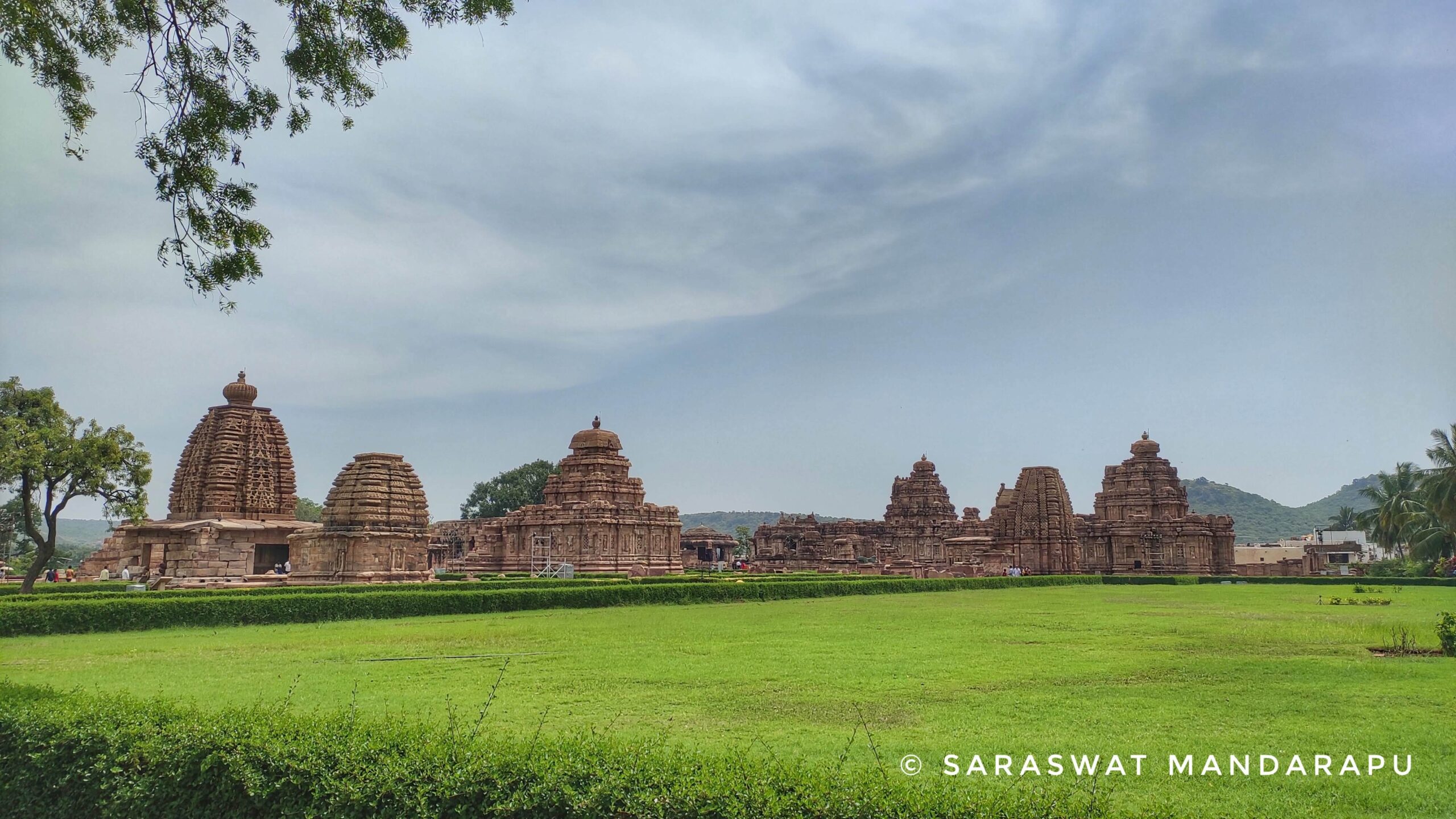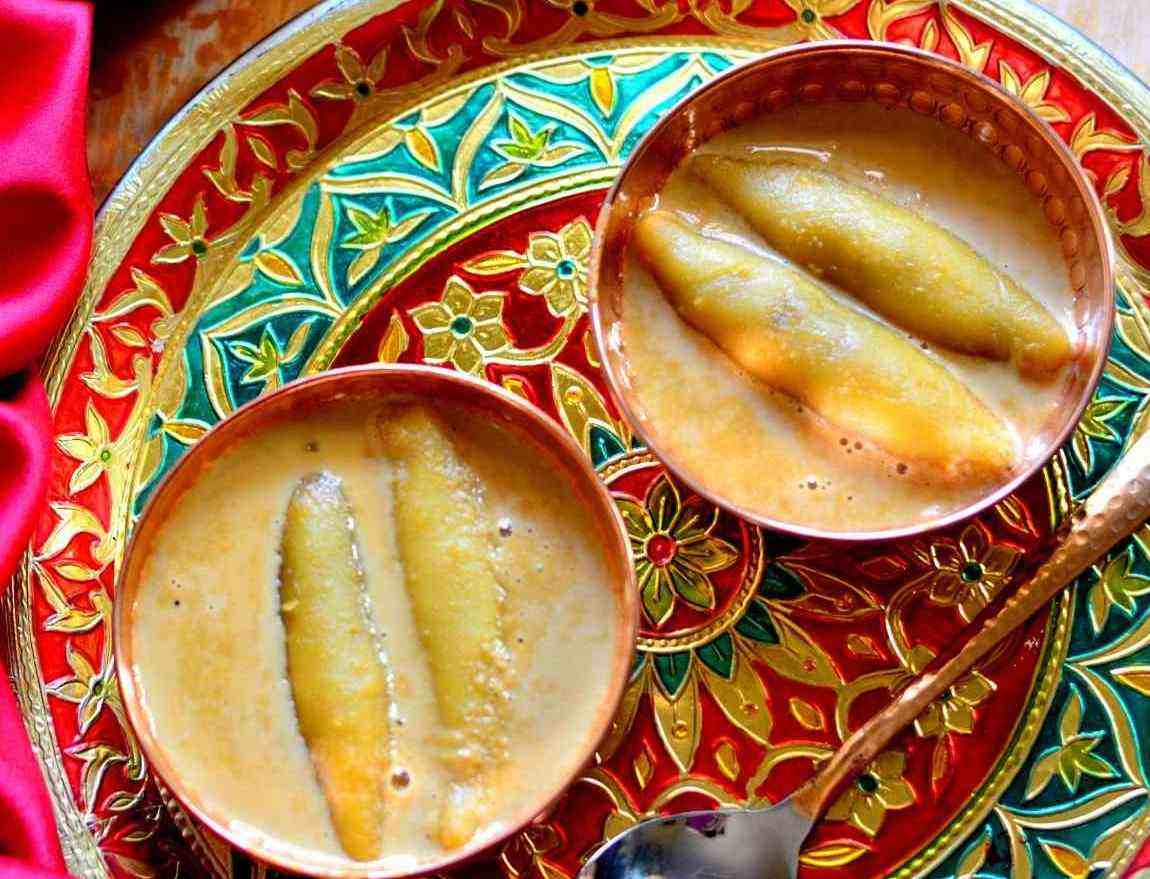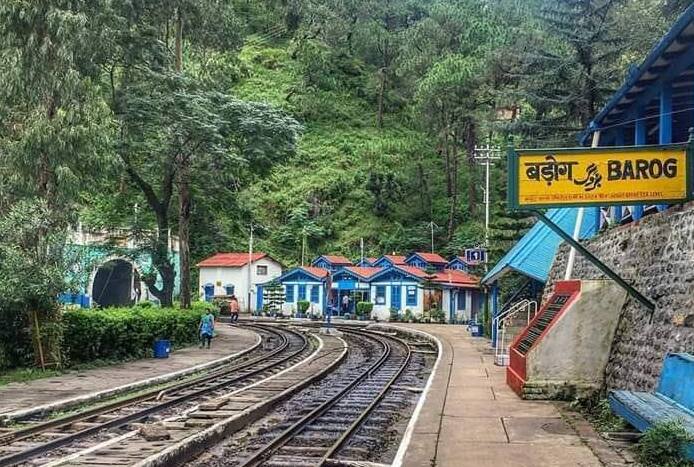Chalukyan Architecture at Pattadakal — Amidst the scenic landscape of rural North Karnataka – dotted with green agricultural fields and rugged red sandstone hillocks – stands an imposing group of ancient temples bearing testimony to the architectural riches of historical India.
History
Situated in Bagalkote district of Karnataka, the group of monuments at Pattadakal forms one vertex of the ‘Golden Triangle’ of the ancient Chalukya empire – the other two being Badami and Aihole. The triad of ancient cities was considered the cradle of cultural and architectural innovation during the reign of the Chalukyas between the sixth and eighth centuries.
Sitting on the banks of the Malaprabha river, the Pattadakal complex consists of around 150 monuments. However, there are 10 major temples which stand out, being a beautiful mix of both South Indian (Dravidian) and North Indian (Nagara) styles of architecture.

The group of monuments acquired world heritage status in 1987, with The United Nations Educational, Scientific and Cultural Organization (UNESCO) describing it as the representation of the “high point of an eclectic art” which “achieved a harmonious blend of architectural forms from northern and southern India.”
Know about Pattadakal
Chalukyan Architecture at Pattadakal literally translates to “place of coronation”. The site was considered holy as the Malaprabha river changed its course northwards here before eventually meeting the river Krishna. As its name suggests, the Chalukyas used the complex of temples for royal coronation ceremonies.
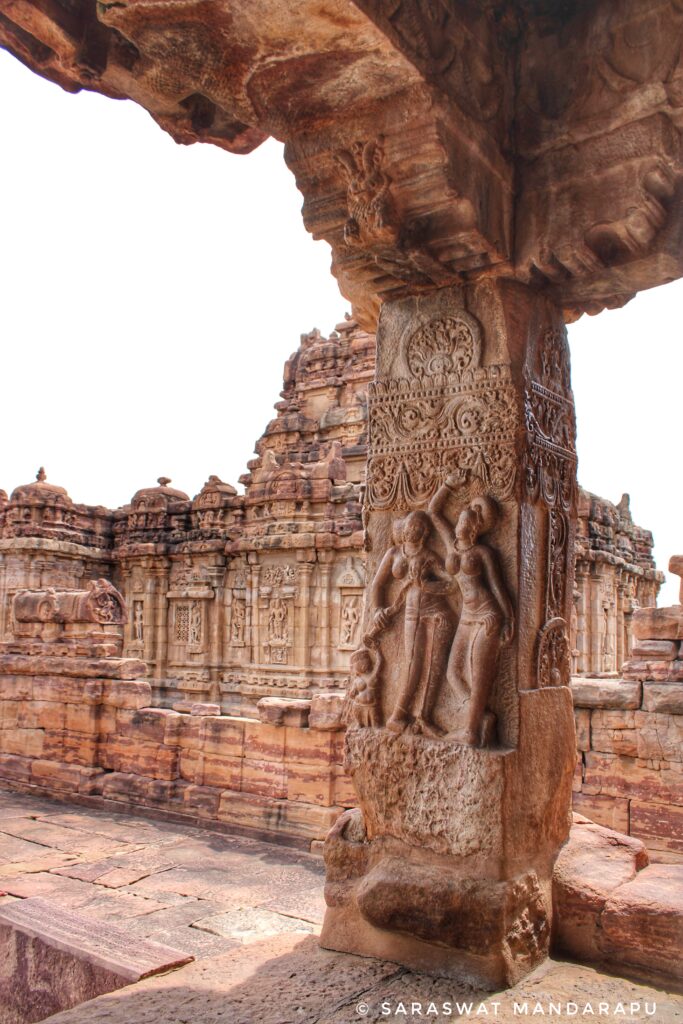
Among the ten major temples, nine are Hindu and are all dedicated to Lord Shiva, while the tenth is a Jain Temple holding the statue of a Jina.
Apart from the temples, there also exists a monolithic octagonal stone pillar bearing a sanskrit inscription in two scripts – the northern Indian Siddhamatrika script and the southern Indian Kannada-Telugu script. The inscriptions show the evolution of Indian written scripts over centuries.
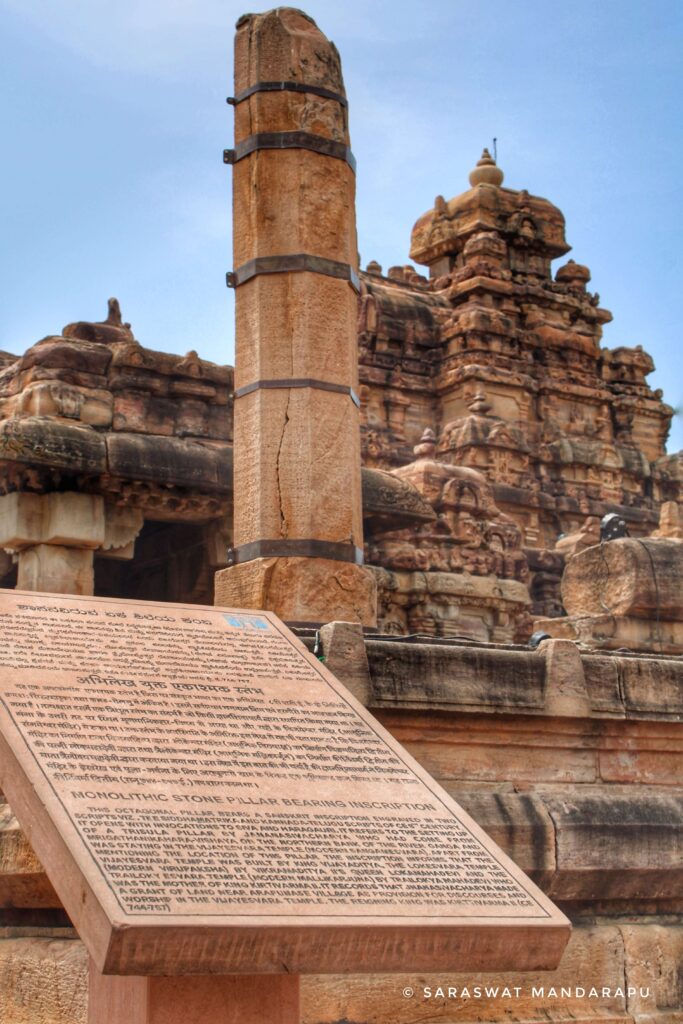
Make sure you do not miss out on these temples during your visit:
Virupaksha Temple
The largest and the most prominent structure in Chalukyan Architecture at Pattadakal, the Virupaksha Temple was built in the eighth century by Queen Lokamahadevi to mark the victory of King Vikramaditya II over the Pallavas. Built in the typical Dravidian architectural style, the temple boasts of intricate inscriptions and carvings of Hindu deities. Further, it is also believed that the famed Kailasa Temple of Ellora was modelled after this structure.
Remarkably, the temple continues to function even today, with devotees coming to offer their prayers.
Papanatha temple
Situated around half kilometre away from the main cluster, the Papanatha Temple stands out owing to its distinctive construction – an amalgamation of both Dravida and Nagara styles.
Jain Narayana Temple
The only Jain Temple at Pattadakal is situated a kilometre away from the main complex. Dating back to the ninth century, the alluring structure is built in the Dravidian style and is adorned by magnificent sculptures.
Mallikarjuna Temple
The Mallikarjuna Temple is considered a smaller lookalike of the Virupaksha Temple as both the structures share similarities. The eighth-century temple was built by Queen Trilokyamahadevi to commemorate victory over the Pallavas.
Galaganatha Temple
The Galaganatha Temple was constructed using the northern Rekhanagara style of architecture. The temple is noteworthy as it holds a beautiful sculpture depicting an eight-armed Lord Shiva slaying the demon Andhaka.

Sangameshwara Temple
Considered by many as one of the oldest temples in India, this structure was originally commissioned by the Chalukya king Vijayaditya Satyashraya. Following his death around 730 AD, construction of the temple is believed to have taken place in fragments in the later centuries.
GETTING THERE
Getting to Pattadakal is fairly easy by road. Badami, the nearest town, is 22 kilometres away and is well-connected by bus services to major cities in the state. One can opt for local buses or hire an auto rickshaw for Pattadakal from Badami. As the group of monuments is situated right on the state highway (59/14), the drive to Pattadakal is an extremely comfortable one.
The nearest railway station is at Badami. While a few major trains do halt at Badami, most halt at Bagalkot, which is 45 km away from Pattadakal.
The nearest airport, meanwhile, is Hubballi, around 140 kilometres away.
WHAT TO EAT
While there are no proper restaurants at Pattadakal, one can enjoy some authentic North Karnataka food at small shacks near the group of temples. Run by locals, the eateries serve meals consisting of jowar rotis, palya (sautéed vegetables), rice, etc.
However, if the local cuisine is not up to someone’s liking, going back to Badami is always an option, which has a range of restaurants to choose from.
WHERE TO STAY
Badami has a number of hotels and lodges to stay according to one’s budget. The Karnataka State Tourism Development Corporation Limited (KSTDC) also has its Hotel Mayura Chalukya at Badami.
KEEP IN MIND
- Pattadakal is one among the 40 UNESCO World Heritage Sites in India and is managed by the Archaeological Survey of India (ASI).
- The ASI charges an entry fee for the group of monuments. (Rs 40 for Indians, Rs 600 for foreign nationals, free for children below 15 years as of November 2021). There is also an additional charge of Rs 25 for video cameras.
- One can also hire private guides for a detailed tour of the site.
- Do not write on the walls, damage the structures, or litter the place.
- Since the Virupaksha Temple is still functioning, be respectful of the surroundings and the beliefs of the devotees.
Conclusion
Those taking a keen interest in history and ancient Indian architecture can spend hours studying the intricate carvings on the temples. At the same time, Pattadakal has plenty in store for laypersons as well. While the sheer grandeur of the place is a treat for the eyes, the site is also a photographer’s delight. The temples with their warmish hue make for the perfect backdrop or subject of one’s instagram pictures.
IMPORTANT LINKS
- Pattadakal on the Karnataka Tourism website.
- KSTDC’s Hotel Mayura Chalukya Badami.
- Article on the World History Encyclopedia website.
- Pattadakal on Wikitravel.
Mutton Marag Recipe in Hyderabadi Style
More from Author

